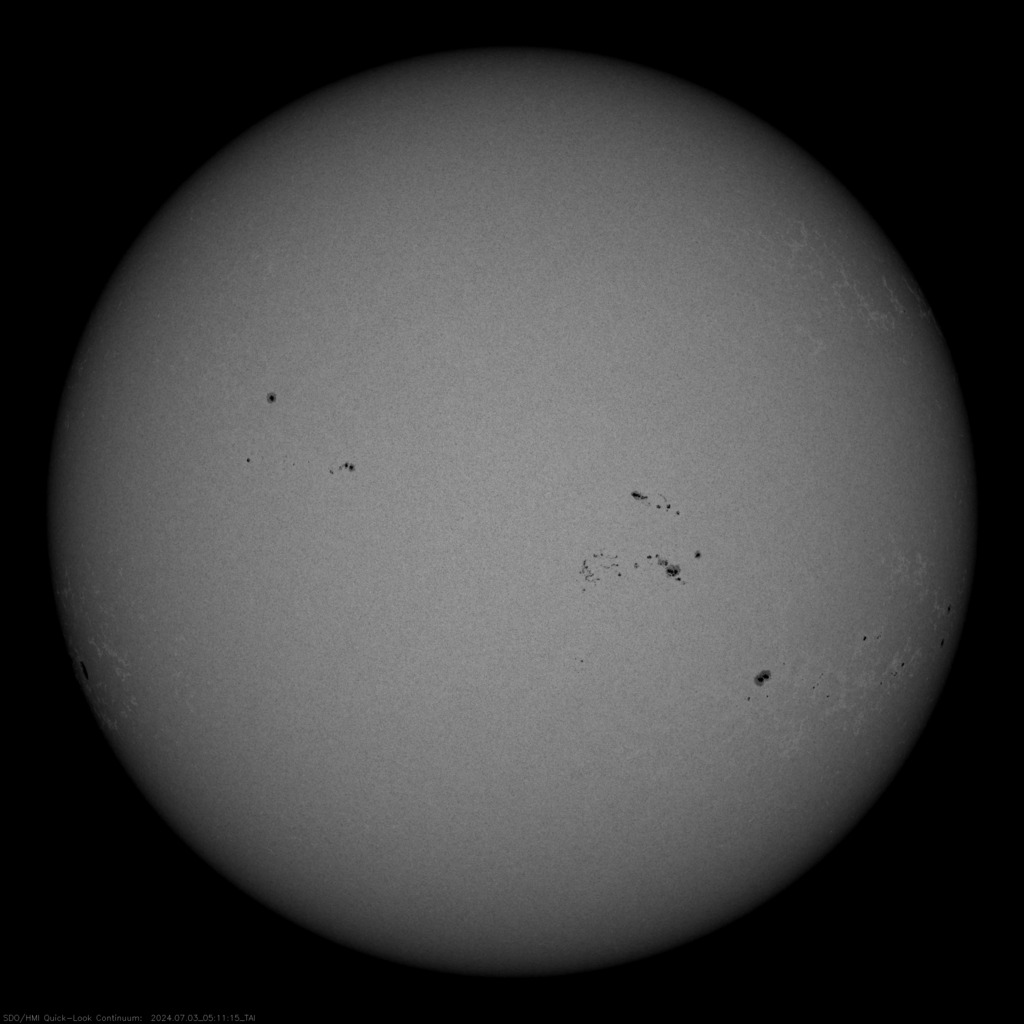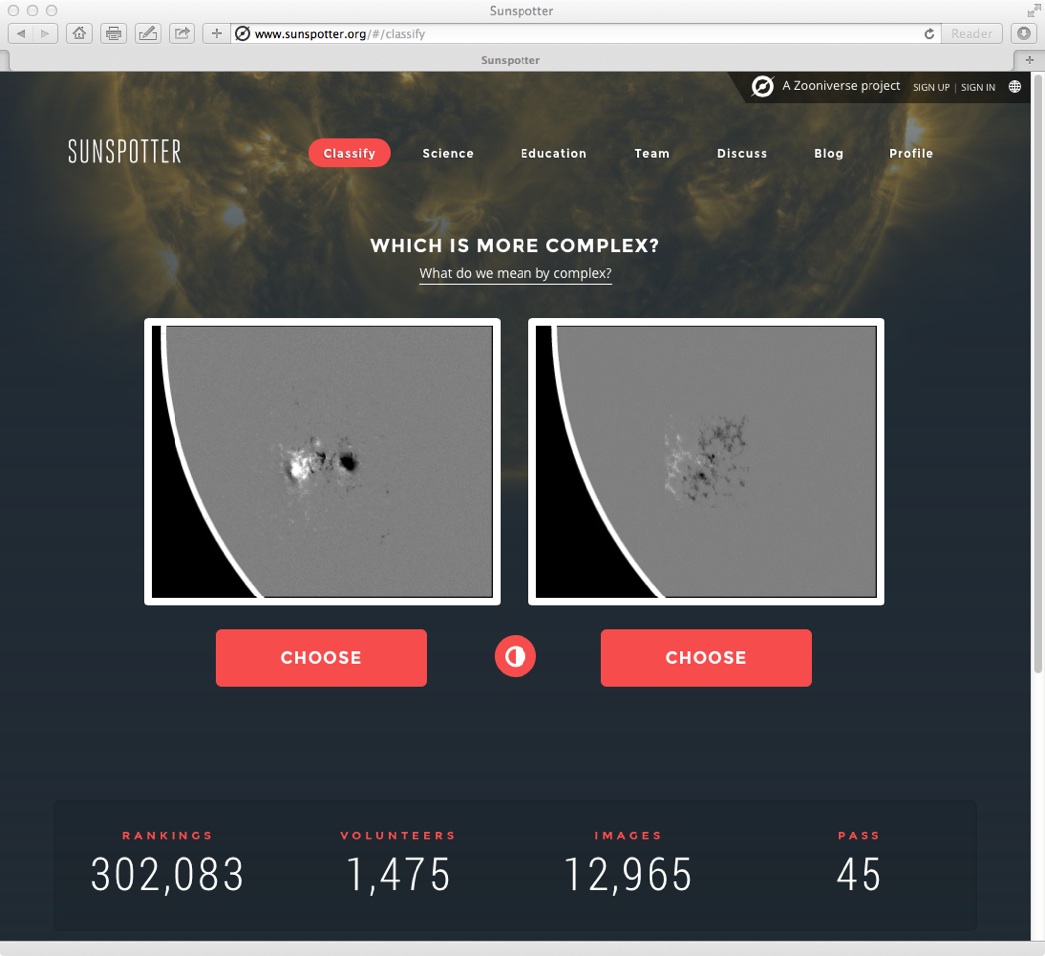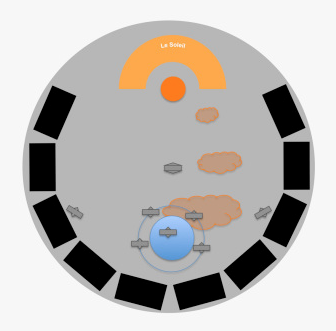Recently, Ioannis asked me for educational resources for activities with primary school children, in particular 10-12 years olds. This is a great age during which most kids are extremely curious and interested in space-related topics. However, scientists working with children is a very different thing from teachers doing so in a regular class setting. This means that we can make use of teaching materials to a limited extent, only. Differences concern:
The situation: Teachers in formal learning situations know their students and work with them on a regular basis over an extended period of time. In contrast, when we meet children, we often don’t know them (neither they us), and we are together for a limited time ranging between a few minutes and a few hours. And kids are with us mostly on a voluntary basis during their free time.
The perspective: Contemporary teaching is methodology based (e.g. inquiry based learning). Teaching learning skills is often considered more important than teaching a particular content. This coincides with the education of teachers being specialists in learning theories and methodologies rather than of particular contents. In contrast, content knowledge is one of the riches scientists can offer, as well as knowledge about the process of doing science. So we have to find our own mixture of methodologies and content that allows children to make the best of the opportunity to spend time with a scientist. This should certainly include active participation, but also plenty of time for asking questions and developing their own thoughts.
Learning goals: As a consequence, learning goals differ, too. While teachers need to comply to the standardized contents of their national curriculum, learning goals in outreach activities may include stimulating curiosity, imparting a positive experience with science or dismantling stereotypes. And, we can, and in my oppinion should, share the most cutting edge knowledge and ongoings in science.
Resources
I recommend resources designed for informal learning situations: no lesson plans but single activities, ideally ones that have the capability to link to children’s previous experiences and include something to take home. This way, the experience can be extended in time and shared with families and friends; an important constituent of the learning experience.
- Personally, I particularly like the informal learning resources for heliophysics from NASA’s educational resources website nasawavelength.org.
- Should you have the opportunity to work in an after school setting with children coming on a regular basis, you may try The Sun as a Star.
- Sun-Earth Day always have great activities, too.
- Here is a list of space-related educational websites sorted by alphabetical order.
- A list of educational publications.
- And a list of lithographs.
- In order to complete the list, I will have to add some ESA materials, I guess: Paxi and the Solar System
- Of course, I also hope that our own resources from the FLARECAST outreach resources site be useful for your personal mixture of methodology and content.
Should you need any particular materials such as for example uv-sensitive beads, let me know, I may have some I can bring to one of our next meetings.
And please share what you tried, what worked and what didn’t. Have fun!
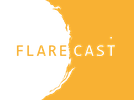
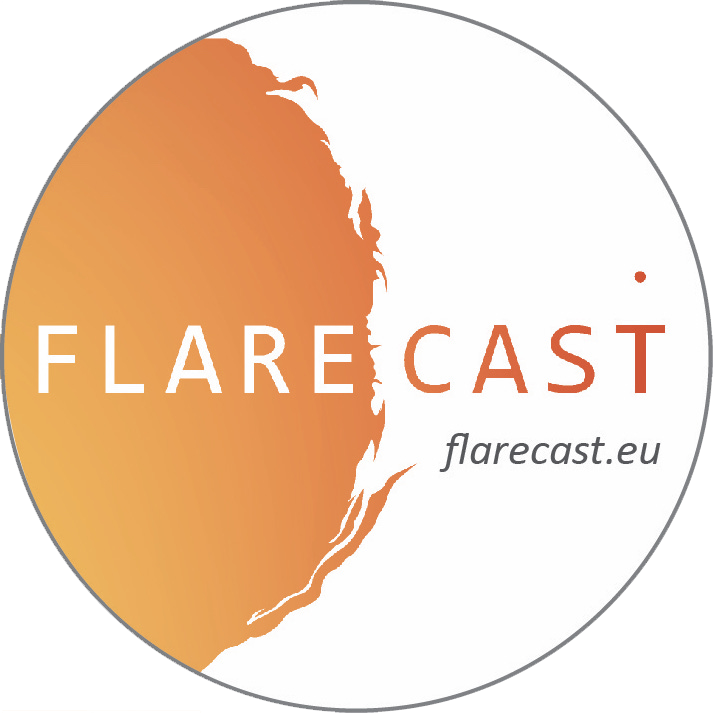 FLARECAST outreach on SlideShare
FLARECAST outreach on SlideShare